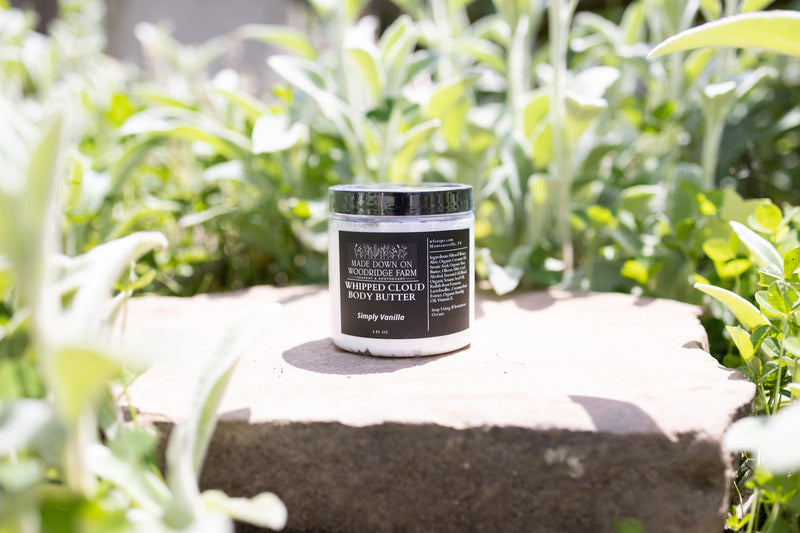Pine needles and other parts of the tree have been used for hundreds- and probably thousands- of years for health, but they are only just coming back into the spotlight as "an herb of the people."
Here's more about the hidden benefits of pine, a simple pine needle tea recipe, and other ways to use this aromatic herb.
Pine Needles for Health?
Pine needles come, of course, from the pine tree (Pinus sp.). This sounds obvious, but it's actually an important thing to keep in mind because many evergreen conifers get called "pine trees" even when they are not pine at all.
To get all the benefits of the needles and avoid potentially toxic trees, make sure you collect from a true pine tree, like Eastern White Pine (Pinus strobus). Look up foraging guidelines before you harvest because some evergreen species are toxic.
True pine trees, however, have long been valued and used in many different herbal traditions.
Native American medicine is one of the best examples of this. They used pine in many ways, including as an ointment for the skin and a general health tonic, and made use of the bark and sap as well as the needles.
Today, many herbalists favor pine as a support for the respiratory system and a mild immune booster.
Health Benefits of Pine Needles
Rich in Immune-Supportive Vitamin C
Pine needles were once used to make a tea that fought scurvy because of their vitamin C content. (This was something the Native Americans taught the new settlers.)
Using the needles to make a cup of tea is a great way to give your immune system a gentle boost, especially because the needles also contain shikimic acid, a compound that may have antiviral properties.
Like many other herbs and plant foods, pine needles contain antioxidants that help to protect your body from free radical damage, chronic inflammation, and disease.
Studies have found that some of the specific antioxidants in pine needles include proanthocyanidins and catechins. Not only do these antioxidants help lower inflammation, they also have shown potential for fighting cancer cells.




















